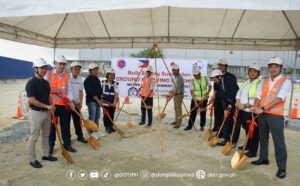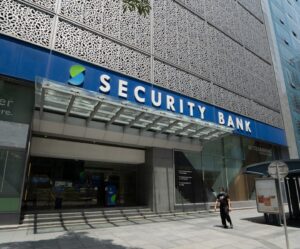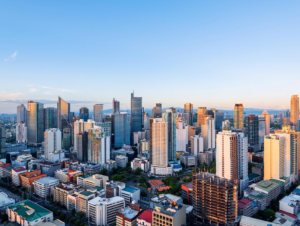Menu
- Daily
Philippines Lifts Poultry Import Ban on Minnesota After Bird Flu Outbreak Contained
Agriculture Secretary Laurel news, avian flu Minnesota 2025, bird flu resolved Minnesota, DA import update Philippines, Minnesota egg imports allowed, Philippine food import policy, Philippine poultry industry, Philippines lifts poultry ban Minnesota, US poultry exports to Philippines, USDA poultry trade dataPhilippine Agriculture Grows 1.9% in Q1 2025, Rebounding from Year of Decline
crops and poultry growth Philippines, Department of Agriculture update, economy agriculture growth, Featured, fisheries data Q1, livestock decline Philippines, Philippine agriculture Q1 2025, Philippines rice import forecast, PSA agricultural report, rice production 2025, tobacco and sugarcane output - National
Philippines Lifts Poultry Import Ban on Minnesota After Bird Flu Outbreak Contained
Agriculture Secretary Laurel news, avian flu Minnesota 2025, bird flu resolved Minnesota, DA import update Philippines, Minnesota egg imports allowed, Philippine food import policy, Philippine poultry industry, Philippines lifts poultry ban Minnesota, US poultry exports to Philippines, USDA poultry trade dataPhilippine Agriculture Grows 1.9% in Q1 2025, Rebounding from Year of Decline
crops and poultry growth Philippines, Department of Agriculture update, economy agriculture growth, Featured, fisheries data Q1, livestock decline Philippines, Philippine agriculture Q1 2025, Philippines rice import forecast, PSA agricultural report, rice production 2025, tobacco and sugarcane output - International
Trump Slaps 100% Tariff on Foreign Films to Revive U.S. Movie Industry
2025 Hollywood movie tax, Featured, global film trade war, Hollywood vs foreign studios, movie tariff impact UK Australia, Trump economic policy 2025, Trump film industry protectionism, Trump foreign film tariffs, Trump movie industry plan, US 100% movie import tariff, US vs international film production - Editorial
- Next Negosyante
- Crypto News





















Comments are closed for this article!